We are on the brink of a digital empire based on USDT, an empire that has grown too large to fail.
Author: 100y.eth
Compiled by: Deep Tide TechFlow
Key Points
The order of the empire is closely tied to the status of its currency, and the continued growth of USDT heralds the rise of a massive digital financial empire.
This article reviews the 20 companies recently invested in by Tether and analyzes its strategy for building a digital financial empire.
Tether consistently follows these strategies: 1) Establishing trust through Bitcoin and gold, 2) Strategic expansion globally, 3) Enhancing accessibility for retail and institutional users through services and products.
1. Tether and the Digital Financial Empire
1.1 Currency and Empire

Source: Dyken Wealth Strategies
Currency is a widely accepted medium of exchange and unit of value in daily life. However, from the perspective of an empire, the role of currency goes far beyond simple transactions; it can be understood as a tool of power encompassing political, cultural, and social functions. Throughout the history of empires, currency has played the following additional roles:
Symbol of Imperial Order: The figures or emblems on coins visually represent the authority of the empire, serving as symbols to showcase the imperial order to users.
Tool of Imperial Control: By centralizing the power of minting and issuing currency at the empire's center, external regions rely on the central empire's monetary system, thereby reinforcing the imperial order.
Standardized Tool for Resource Aggregation: Empires accumulate regional resources through taxes and tributes, with currency serving as a key medium to standardize and transport these resources.
Without exception, the status of currency is always closely linked to the status of the empire. When an empire develops and reaches its peak, its currency becomes strong and sustains the empire's prosperity; conversely, when an empire declines, the status of its currency also diminishes, accelerating the empire's collapse.
Today, terms like "empire" or "colony" have seemingly disappeared from the surface, yet we have not escaped these concepts. The United States, with its powerful economic and military strength, plays the role of a modern empire, while the dollar has become the global currency.
Many countries have attempted to challenge the dollar's dominance in modern society but have failed. The dollar accounts for about 57% of global foreign exchange reserves and approximately 50% of SWIFT international settlements, firmly solidifying its position.
1.2 The Unstoppable Growth of USDT

Source: Artemis
With the continuous advancement of information technology (IT), the global economy is gradually migrating to the internet. The emergence of blockchain technology has made it possible to use currency securely online, leading to rapid development of the on-chain economy, with the scale of stablecoins expanding quickly to around $300 billion.
Among various stablecoins, Tether's USDT stands out. USDT allows people in many countries with highly unstable fiat currencies to easily access the "imperial currency" of the dollar. Even without a credit history or bank account, anyone with a mobile device that can connect to the internet can easily access dollars. This has opened the door for the rapid growth of USDT, especially in developing and third-world countries.
Notably, despite the introduction of the GENIUS Act and the gradual integration of blockchain into regulatory mainstream, USDT's market share has not significantly declined. USDT's market share remains above 60%, more than double that of the second-ranked USDC.
1.3 Moving Towards a Massive Digital Financial Empire
Tether is building its own vast empire, with the strong currency USDT as its core driving force. However, establishing an empire has never been an easy task.
Although USDT is pegged to the dollar, its reserves include not only highly liquid cash-equivalent assets such as cash, U.S. Treasury bonds, and repurchase agreements but also relatively less stable assets like precious metals, Bitcoin, government bonds from non-U.S. countries, and corporate bonds. In major countries that have established regulatory frameworks for stablecoins, these types of assets are often not legally recognized as reserve assets.
In fact, under the EU's MiCA (Markets in Crypto-Assets) regulations, USDT fails to meet some conditions for stablecoins under the EMT (Electronic Money Token) category. As a result, exchanges operating in Europe have delisted USDT, effectively excluding it from the EU market.
However, Tether has not backed down. As a company, Tether acquires equity by investing in various startups and companies, and sometimes donates to non-profit organizations. By examining these actions, we can infer the direction Tether has chosen and how it strives to build a massive digital financial empire. Next, let’s explore Tether's investment cases to understand how it overcomes various challenges in empire building.
2. What Types of Companies Has Tether Invested In?
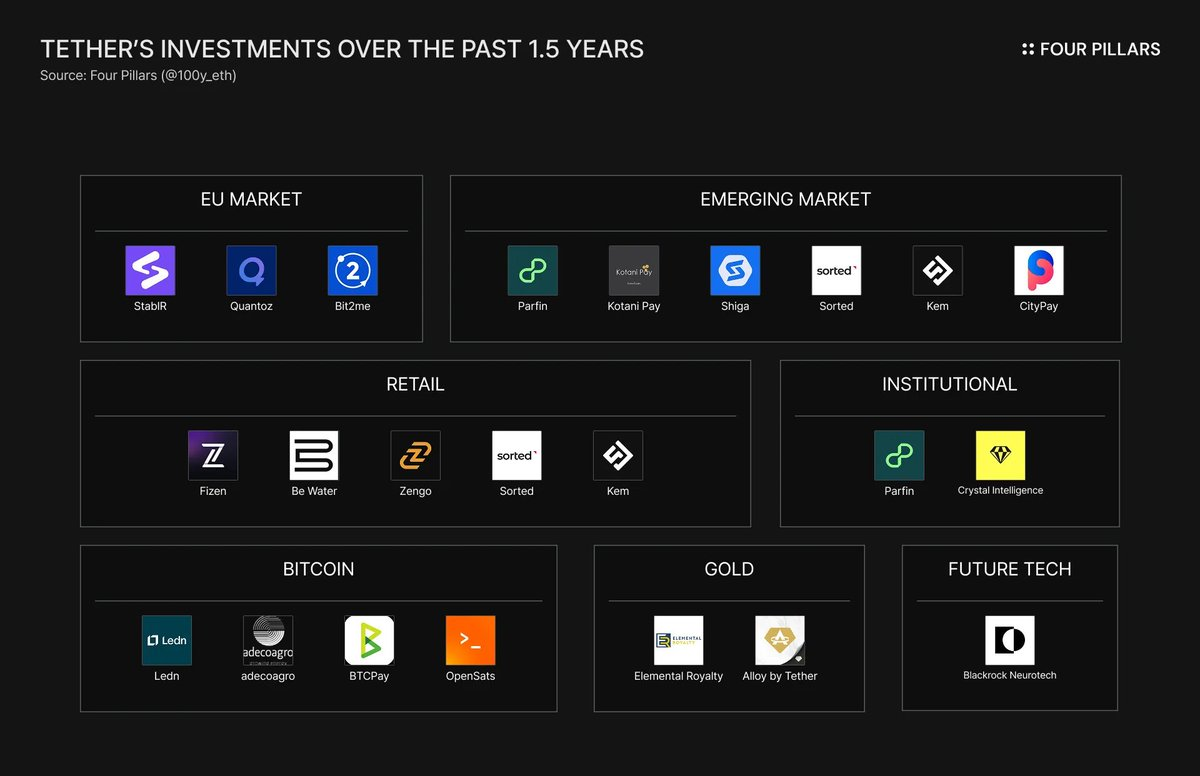
2.1 Before We Begin
Tether is a company that attracts significant attention from the crypto community. This attention is understandable, as Tether is the issuer of the world's largest stablecoin, USDT, and is also known as the company with the highest per capita income in the world.
However, the crypto community does not seem to show the same level of interest in Tether's startup and company investment activities. More accurately, people are more focused on the token issuance protocols supported by Tether. Representative examples include chains built specifically for USDT, such as Stable and Plasma. However, these two projects are not directly invested in by Tether but rather by related entities like Bitfinex, USDT0, and Tether's CEO Paolo Ardoino.
Tether is very active in corporate investments, but most of the companies it invests in do not issue tokens and lack significant regional characteristics, so these investments have not garnered widespread attention from the crypto community. Nevertheless, examining Tether's investment cases can still reveal clues about its future development direction.
2.2 What Types of Companies Has Tether Invested In?
Tether announces its investment activities through its official news release platform. After analyzing about a year and a half of investment announcements, I have summarized the following key themes:
European Market: Although USDT has effectively been excluded from the EU market, Tether is still seeking opportunities to enter the European market by investing in European issuers and platforms.
Emerging Markets: The product-market fit (PMF) of USDT in emerging markets has been validated. Tether is strategically expanding its influence in these regions.
Retail Users: Tether has invested in several non-custodial wallet developers to ensure that retail users can easily use USDT.
Institutional Users: In addition to retail users and emerging markets, Tether has also invested in solution providers aimed at enterprises to help institutions access USDT more conveniently.
Bitcoin: Tether has been investing in BTC and the broader Bitcoin ecosystem.
Gold: Tether views gold as an important geopolitical asset, just like BTC, and is accelerating its dual-axis strategy centered on Bitcoin and gold.
Future Technologies: Tether invests not only in currency-related businesses but also in advanced technology fields that can drive human societal development.
These investment themes reflect a clear strategic direction that Tether is committed to in building its digital financial empire.
2.3 Indirect Strategy for Entering the European Market
StablR @StablREuro
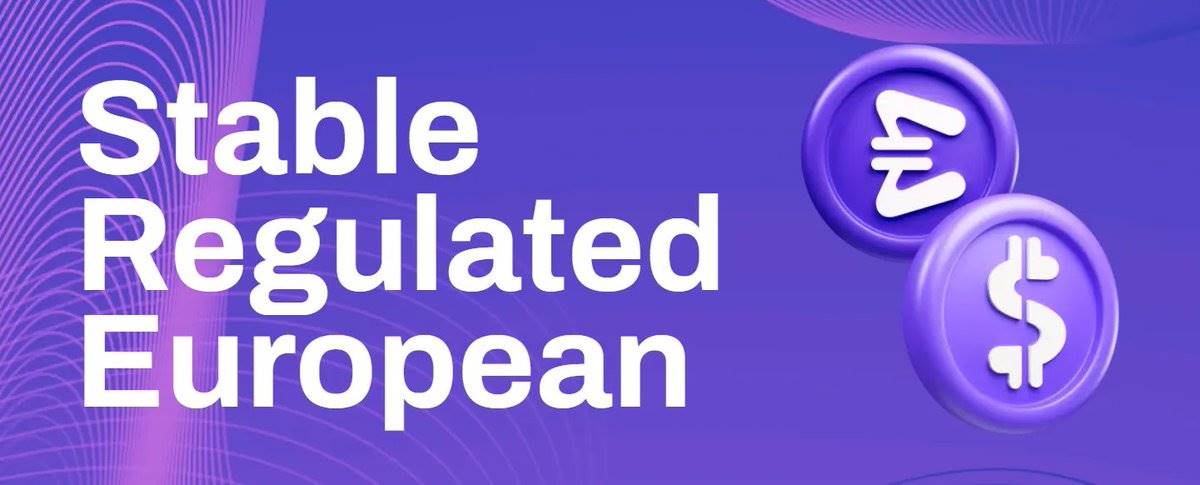
Source: StablR
StablR is a stablecoin issuer compliant with the European Crypto-Assets Market Regulation (MiCA), headquartered in Malta, issuing EURR pegged to the euro and USDR pegged to the dollar. In addition to receiving investments, StablR also plans to use Tether's tokenization platform Hadron.
Hadron is a SaaS platform designed to easily tokenize various assets, including stocks, bonds, commodities, and stablecoins, and has strong capabilities to support complete token lifecycle management, KYC (Know Your Customer), AML (Anti-Money Laundering), monitoring, and other compliance infrastructure.
- Quantoz @Quantoz

Source: Quantoz
Quantoz is a stablecoin issuer compliant with MiCA, offering EURQ and EURD pegged to the euro, as well as USDQ pegged to the dollar.
Among them, EURD is dedicated to closed-loop systems and can be understood as a universal stablecoin compared to EURQ. Quantoz also plans to use Tether's Hadron tokenization platform.
Bit2Me @bit2me

Source: Bit2Me
Bit2Me is the largest digital asset platform in the Spanish-speaking world. Individuals, businesses, and institutions can trade and invest in a wide range of cryptocurrencies on this platform and participate in various financial activities such as remittances, payments, and loans.
Bit2Me was established in 2014 and has been operating for over ten years, boasting more than 1.2 million users, making it an important platform. Notably, Bit2Me operates under the MiCA compliance framework and holds a CASP (Crypto Asset Service Provider) license, making it a highly strategic investment target for Tether.
2.4 Investment Layout for Emerging Markets
Parfin @parfin_io

Source: Parfin
Parfin is an institutional blockchain infrastructure company based in Latin America. Parfin provides management and workflow platforms that enable financial institutions to easily adopt blockchain technology and cryptocurrencies, while also offering secure MPC (Multi-Party Computation) wallet solutions and asset tokenization services.
Parfin has also received investments from leading global venture capital firms such as Framework, Valor, Accenture, and ParaFi. By investing in Parfin, Tether aims to help financial institutions in Latin America use USDT more conveniently.
Kotani Pay @kotanipay
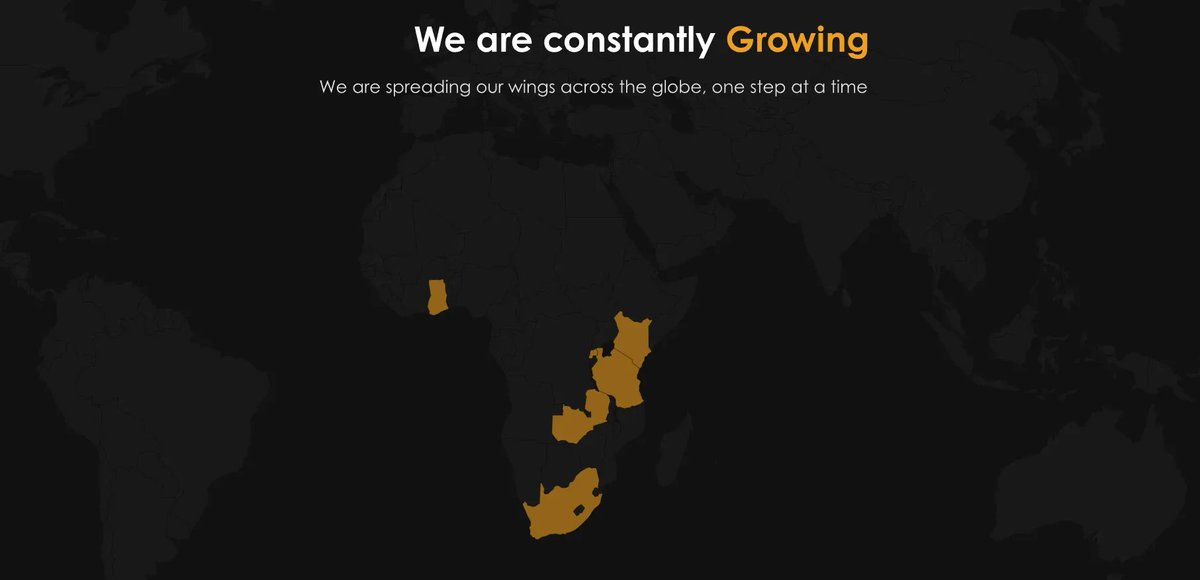
Source: Kotani Pay
Kotani Pay is a Web3 payment infrastructure company based in Africa, providing services including cryptocurrency entry and exit services, stablecoin settlement and payments, and SMS-based blockchain wallets.
By investing in Kotani Pay, Tether plans to expand entry and exit infrastructure, enabling the people of Africa to use USDT more conveniently.
Shiga @ShigaDigital
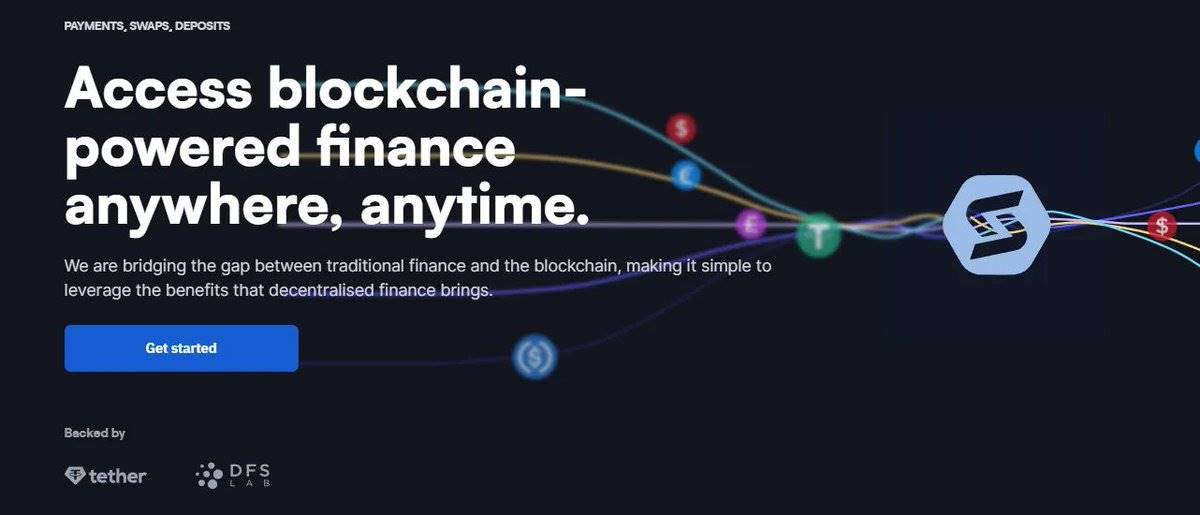
Source: Shiga
Shiga is a blockchain financial solutions company based in Africa, offering a variety of blockchain services, including entry and exit services between local currencies and stablecoins, over-the-counter (OTC) trading, corporate virtual accounts, corporate fund management, and blockchain solution development.
These services enable individuals and businesses in Africa to easily access the dollar economy through on-chain finance. Tether views Africa as a key region for USDT adoption and is actively expanding its business in Africa through its investment in Shiga.
Sorted @sortedwallet

Source: Sorted
Sorted is a wallet solution company based in Africa and South Asia, providing non-custodial wallets that can run smoothly on basic feature phones and low-end smartphones. This significantly enhances financial accessibility for impoverished populations and unbanked individuals.
Sorted's users can easily complete cryptocurrency remittances, payments, and entry and exit services. By investing in Sorted, Tether can not only expand its influence in Africa but also penetrate the South Asian market.
Kem @kem_app

Source: Kem
Kem is a widely used cryptocurrency remittance, payment, and financial management application in the Middle East. Users can use the Kem app to remit and pay with crypto assets, link it to physical cards, and even invest in assets like gold.
Similar to Africa and Latin America, the Middle East has a large number of foreign workers, making USDT-based cryptocurrency remittances a significant stabilizer for their lives. Tether plans to expand USDT's market share in the Middle East based on its investment in Kem.
CityPay @citypayio

Source: CityPay
CityPay is a cryptocurrency payment company based in Georgia. In addition to Georgia, the company is actively expanding its business to Eastern Europe, including Armenia, Azerbaijan, Kazakhstan, and Uzbekistan, providing wallet services, launching payment cards, and onboarding cryptocurrency payment merchants.
By investing in CityPay, Tether aims to strategically consolidate USDT's market share in the Eastern European payment market.
2.5 Retail Strategy
It is worth noting that the aforementioned Sorted and Kem are also non-custodial wallet solution companies that can be included in the retail strategy layout.
Fizen @fizenapp

Source: Fizen
Fizen is a consumer-facing crypto super app. Users can store, transfer, and use cryptocurrencies for payments through a self-custody wallet. Fizen offers features such as payments, shopping, and gift cards, allowing users to easily integrate cryptocurrencies into their daily lives.
By investing in Fizen, Tether hopes to provide users with a high-quality USDT experience, making USDT widely used for everyday payments.
Be Water

Source: Be Water
Be Water is a media and content company based in Italy, involved in the production and distribution of films, television, and documentaries, as well as operating news brands.
Tether's investment of 10 million euros has secured a 30.4% stake in Be Water, laying the foundation for its expansion from the financial sector into the global content ecosystem.
Zengo @ZenGo

Source: Zengo
Zengo is a wallet solution based on MPC (Multi-Party Computation) technology, allowing users to securely use self-custody wallets without managing complex mnemonic phrases. By investing in Zengo, Tether can help users store, send, and use Tether-based assets for payments more securely.
2.6 Institutional Strategy
It is important to note that Parfin is also a company serving financial institutions in Latin America, thus included in the institutional strategy layout.
Crystal Intelligence @CrystalPlatform
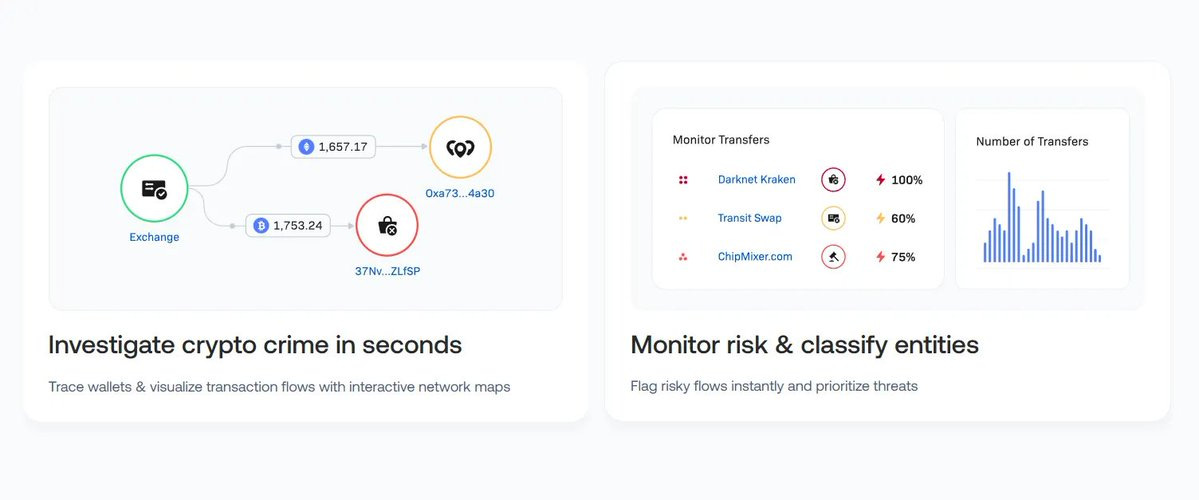
Source: Crystal Intelligence
Crystal Intelligence is a blockchain intelligence company that provides services such as fraud detection, risk monitoring, real-time wallet address analysis, compliance support, illegal fund tracking, and crime response.
By investing in Crystal Intelligence, Tether plans to strengthen its collaboration to enhance the ability to prevent USDT from being used illegally. This is an important strategic investment for USDT as an institution-friendly stablecoin.
2.7 Bitcoin Industry Investment
Ledn @hodlwithLedn

Source: Ledn
Ledn is a Bitcoin-collateralized lending platform that allows individuals and businesses to borrow stablecoins using BTC as collateral without selling their Bitcoin.
Tether has been committed to building infrastructure that connects crypto assets with real financial applications, and Ledn is pioneering a new financial market based on Bitcoin, which is why Tether invested in Ledn.
adecoagro @adecoagro_

Source: adecoagro
adecoagro is the largest sustainable agriculture and renewable energy company in South America, and it is listed on the New York Stock Exchange (NYSE). adecoagro sells part of its electricity generation to the spot market, but its income may be unstable due to price fluctuations.
From this perspective, Bitcoin mining can serve as a fixed demand for electricity. Tether plans to acquire up to 70% of adecoagro's shares and jointly promote Bitcoin mining projects.
BTCPay Server Foundation @BtcpayServer
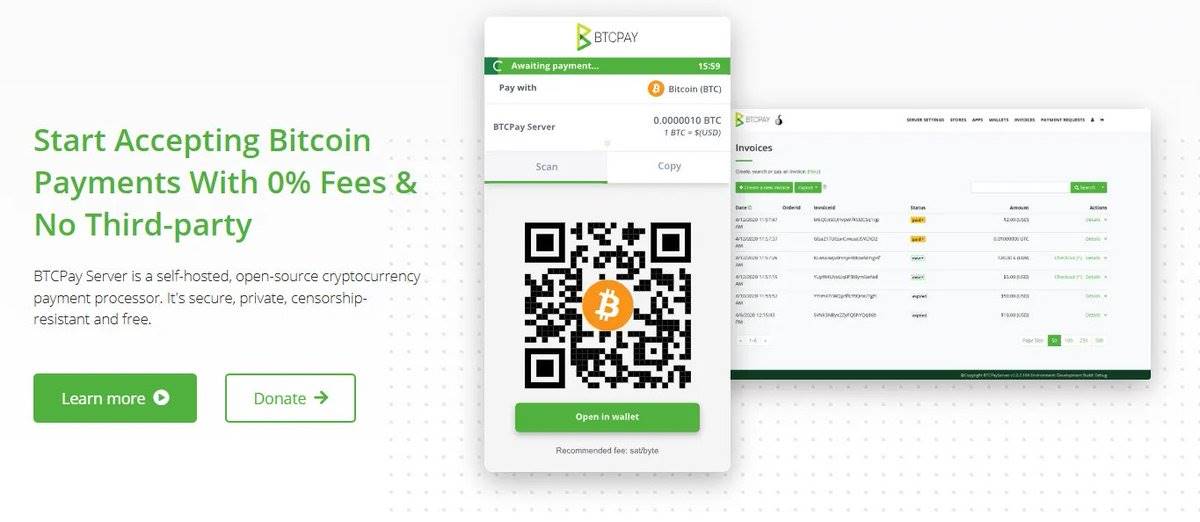
Source: BTCPay
BTCPay is an open-source Bitcoin and stablecoin payment processor. Its uniqueness lies in its self-hosted model, allowing users to run it directly on their own servers.
Tether has supported BTCPay for two consecutive years to strengthen the infrastructure for censorship-resistant payments with Bitcoin and USDT.
OpenSats @OpenSats

Source: OpenSats
OpenSats is a U.S. 501(c)(3) nonprofit organization dedicated to funding Bitcoin and anti-censorship technologies. OpenSats supports the Bitcoin open-source ecosystem through a sustainable model, with donated funds used for Bitcoin protocol development, privacy tool development, research, and education.
Although this is not an investment, Tether has been donating to OpenSats, demonstrating its ongoing support for Bitcoin and the open-source ecosystem.
2.8 Gold as a Geopolitical Asset
Elemental Altus Royalties @Elemental_Royal

Source: Elemental Royalties
Elemental Altus Royalties is a company related to gold mining, but it does not engage in mining activities directly; instead, it generates revenue through royalty agreements with gold mining companies.
Tether views gold and Bitcoin as the infrastructure for digital currencies. To strengthen its strategy related to gold, Tether acquired a 31.9% stake in Elemental Altus Royalties.
Alloy @Alloy_tether

Source: Alloy
Alloy is a service launched directly by Tether rather than an investment company, but it is included here due to its key role in Tether's gold-related strategy.
Tether offers a gold token service called XAUT, while Alloy has launched aUSDT, a gold-backed stablecoin collateralized by XAUT. This is Tether's attempt to reshape the historical gold standard and further reinforces its strategy involving gold and Bitcoin.
2.9 Investment in Future Technologies
Blackrock Neurotech @BlackrockNeuro_

Source: Blackrock Neurotech
Blackrock Neurotech is a leading company in the brain-computer interface field, founded by a research team from the University of Utah. The technology developed by the company can convert thoughts into digital signals through implanted electrodes in the brain.
For individuals with mobility challenges, sensory deficits, or communication barriers, Blackrock Neurotech's technology can significantly improve their quality of life. Through this investment, Tether becomes a major shareholder, indicating its ambitions extend beyond the financial sector into the exploration of advanced future technologies for humanity.
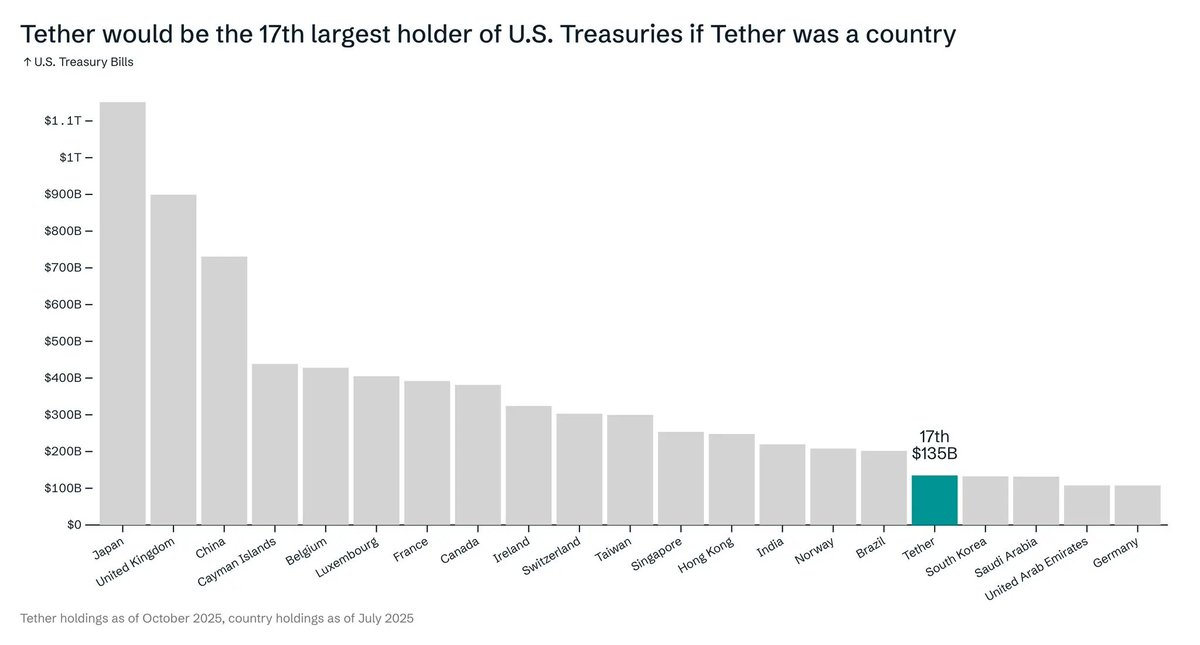
Source: Tether
Tether holds $135 billion in U.S. Treasury bonds, making it the 17th largest holder globally, surpassing South Korea. In fact, Tether has built a digital empire through its currency USDT.
Through Tether's recent investment layout, its strategy for building a digital empire can be observed:
Building Trust: Tether is committed to earning user trust through its two core assets—Bitcoin and gold.
Global Expansion: Tether aims to cover all continents, including Asia, Africa, South America, Europe, the Middle East, and recently the U.S. market through USAT.
Enhancing Usability: Tether aims to enable retail users, businesses, and institutions to easily use USDT in their daily lives and financial activities through various services.
There have been predictions that as the blockchain industry gradually comes under regulation, the status of Tether and USDT would weaken, but this prediction has proven to be incorrect. I have no doubt that the U.S.-centered stablecoin industry will continue to grow, and I firmly believe that the influence of Tether and USDT will further accelerate.
Ultimately, we are on the brink of a USDT-based digital empire—an empire that has grown too large to fail.
免责声明:本文章仅代表作者个人观点,不代表本平台的立场和观点。本文章仅供信息分享,不构成对任何人的任何投资建议。用户与作者之间的任何争议,与本平台无关。如网页中刊载的文章或图片涉及侵权,请提供相关的权利证明和身份证明发送邮件到support@aicoin.com,本平台相关工作人员将会进行核查。


